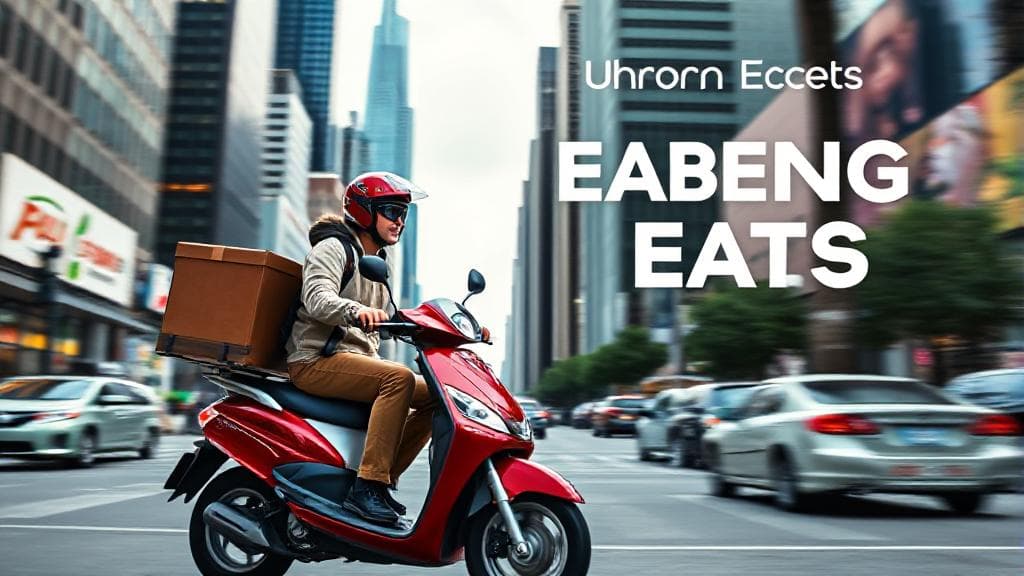How Uber Eats Works
Uber Eats connects customers with local restaurants and delivery partners. As a delivery partner, you'll:
- Receive Order: Get a delivery request through the app
- Pick Up: Go to the restaurant to collect the order
- Deliver: Transport the order to the customer's location
- Earn: Get paid for each completed delivery
For more details on becoming a delivery partner, visit the Uber Eats official website.
Base Earnings Structure
The basic earnings formula includes:
- Base fare per delivery
- Trip supplement
- Distance traveled
- Time spent on delivery
- Tips from customers
Most drivers report earning between $15-20 per hour before expenses, though this varies significantly based on location and timing.
Factors Influencing Earnings
Location
Urban areas with high restaurant density and population tend to offer more delivery opportunities and potentially higher earnings. Focus on:
- High-income neighborhoods
- College campuses
- Business districts during lunch hours
Time of Day
Peak hours typically include:
- Lunch (11 AM - 2 PM)
- Dinner (5 PM - 9 PM)
- Late night (especially in college towns)
Tips and Promotions
- Customers can tip through the app
- Uber Eats offers promotions and incentives during high-demand periods
- Surge pricing zones can boost earnings
Expense Management
To maximize net earnings, track and minimize expenses:
| Expense Category | Typical Cost Range |
|---|---|
| Gas | $100-200/week |
| Vehicle Maintenance | $100-300/month |
| Insurance | $150-300/month |
| Phone Plan | $50-100/month |
Maximizing Your Earnings
Strategic Timing and Location
"The key to success in food delivery isn't just about how many orders you take – it's about being in the right place at the right time." - Experienced Uber Eats driver
- Focus on working during peak hours
- Use the Uber Driver app to identify surge pricing zones
- Consider multi-apping with platforms like DoorDash or Grubhub
Customer Service Tips
- Maintain food temperature with proper insulation
- Communicate clearly with customers
- Follow delivery instructions carefully
- Keep your vehicle clean and organized
Tax Considerations
As an independent contractor:
- Set aside 25-30% of earnings for taxes
- Track mileage and expenses
- Keep detailed records of business-related costs
